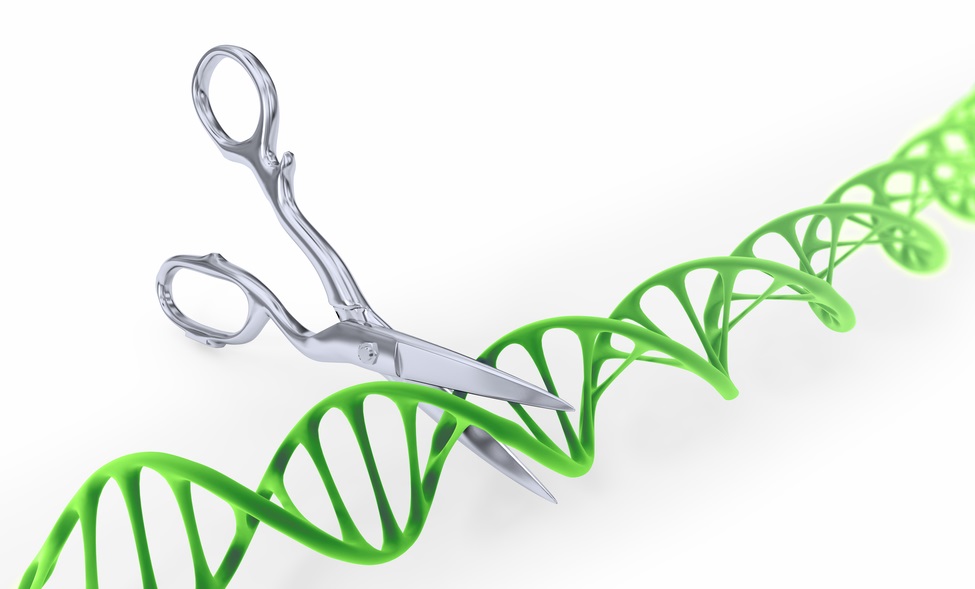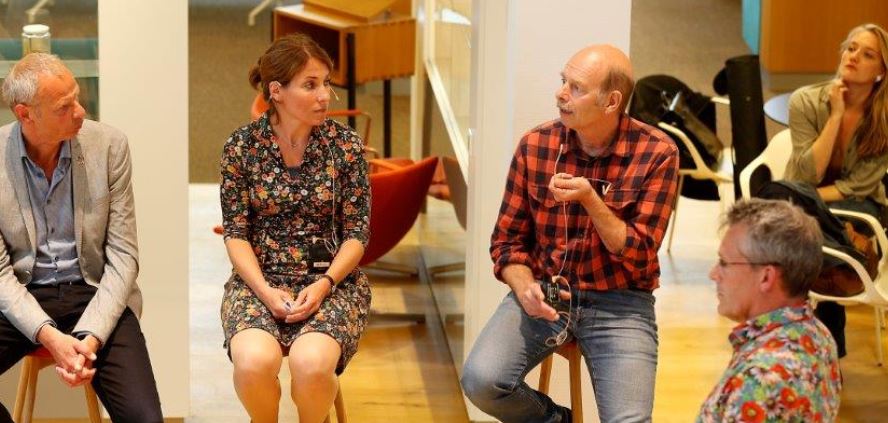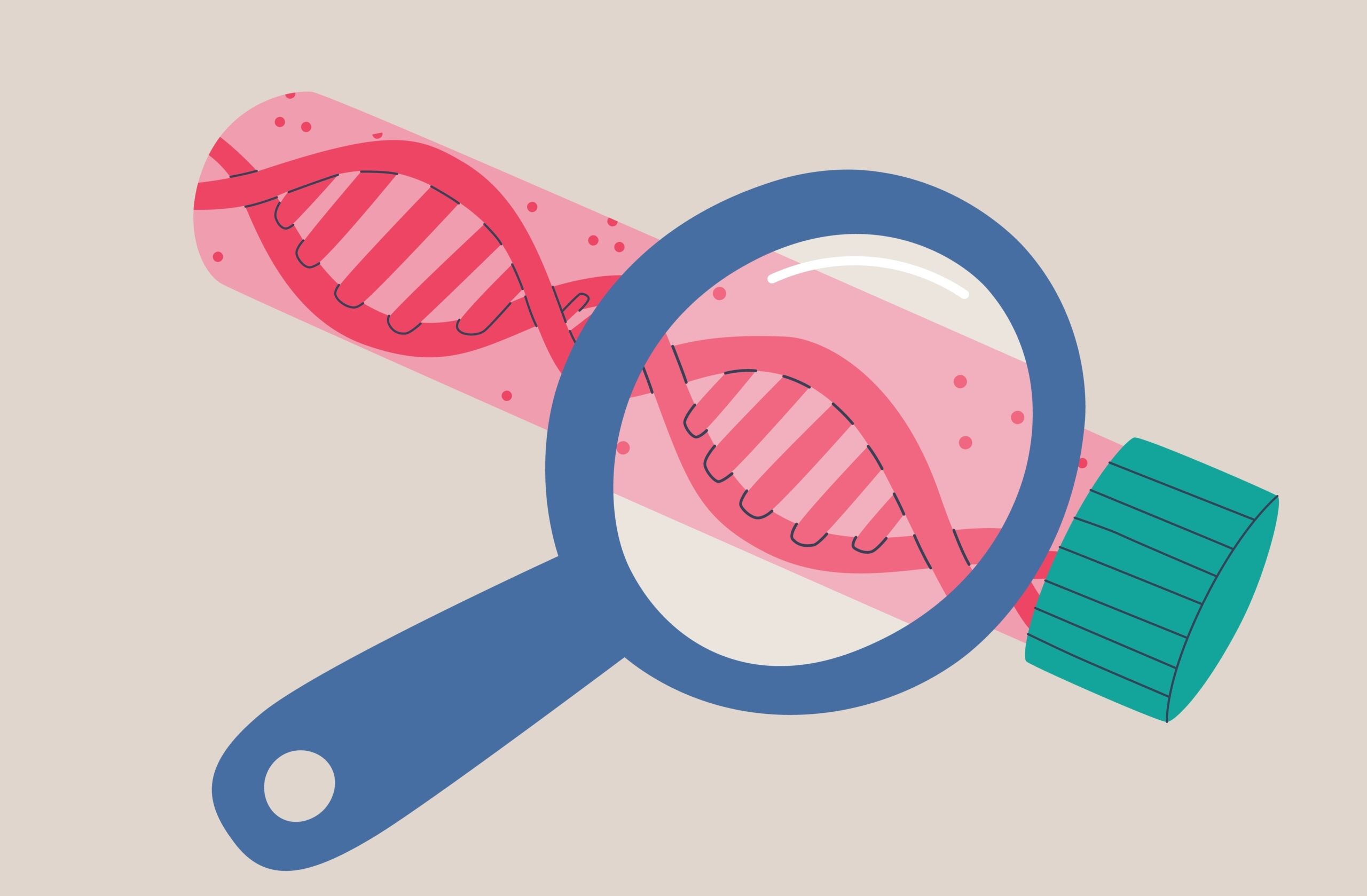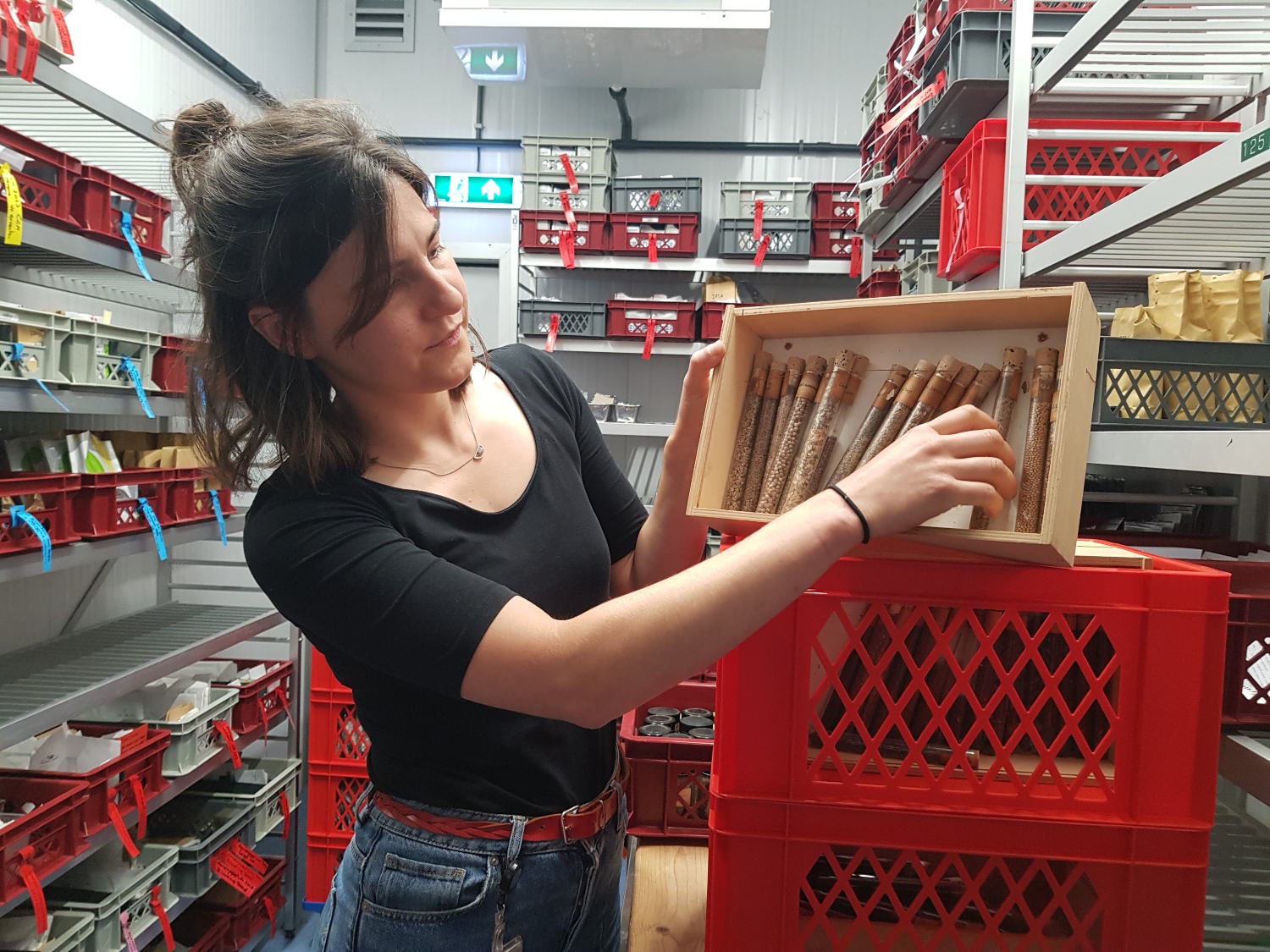CRISPR-Cas is the favourite toy of geneticists and molecular biologists. The system lets them make precise changes to DNA. The combination of protein and RNA looks for the specified piece of DNA and makes a cut. Different DNA can then be inserted in that position to repair the cut. PhD candidate Thomas Swartjes has come up with an elegant method for improving the snipper proteins (nucleases).
CRISPR-Cas is a bacterial defence system. But what works in one place in the DNA does not necessarily do so in another place. Some applications therefore basically require customized scissors. Playing around with the genetics in the lab lets you sharpen the scissors to order. Swartjes thought up a way to let nature do the work by getting evolution to refine the existing nucleases — the proteins that cut the DNA strands. Using bacterial sex as the instrument in that evolution.
Bacterial sex
Bacteria don’t actually have sex. Even so, geneticists compare the process of conjugation to sex. ‘Conjugation is when bacteria stick to one another and transfer genetic material,’ explains Swartjes. ‘The bacterium forms protrusions on the exterior that function like a kind of lasso. They capture another bacterium and draw it towards it, and then a plasmid is transferred.’
The plasmid, a loose piece of circular DNA, can spread through a population of bacteria via this conjugation. Swartjes is fascinated by conjugation. The title of his thesis is Horizontal Dancing for Bacteria. ‘Horizontal dancing is a euphemism for sex, and a parallel for the horizontal transfer of genes between neighbouring bacteria. This is in contrast to the vertical transfer of genes through division. I could also have used “sex” in the title but that’s a bit vulgar.’
Challenges
Swartjes’ idea is to use evolution and conjugation to develop nucleases that get a bit more effective than their predecessor every time. He uses bacterium cells (E. coli) with two plasmids: one with the gene for the snipper protein Cas-9 and one with genes that inhibit conjugation. Swartjes: ‘The challenge for the Cas-9 protein is to mutate so that it can snip the inhibitor plasmid. If it manages that, the inhibition preventing conjugation is removed and the Cas-9 gene is transferred.’
I tried to place the required genes on the bacterium chromosome, but then it suddenly stops working
Thomas Swartjes, PhD candidate in the Laboratory of Microbiology
The improved Cas-9 then spreads through the bacterial culture through successive conjugations (sex). In each new cell, a new challenge awaits with intact inhibitor plasmid that has to be overcome. Evolution helps, making the scissors increasingly more effective, more efficient and faster. And not much lab work is needed either. The idea is that nature does the work.
Only Cas-9
But there is still some way to go. The principle of conjugation and a plasmid spreading through a population works, says Swartjes. ‘But I want a plasmid that only transfers the gene for Cas-9, not also all the other genes needed for that process. I tried to place those genes on the bacterium chromosome. But then it all suddenly stops working.’
That is the point at which the PhD thesis ends. But not the research. ‘As long as it looks promising, we will see if someone can continue with the research,’ says Swartjes. ‘That was the intention from the start. It is a nice, elegant system but if there are too many obstacles, we’ll stop working on it. But we haven’t reached that point yet.’

 Illustration Shutterstock
Illustration Shutterstock 

